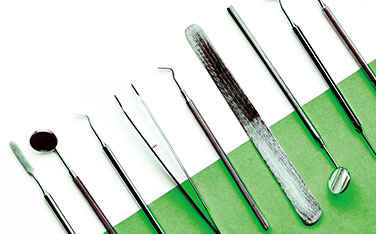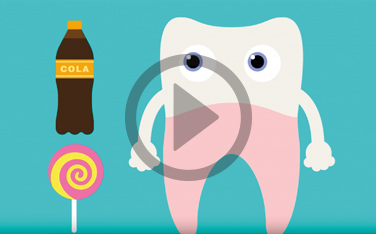“Is there an easy way to tell if I have a cavity?"
Dental benefits
Readers ask, we answer
Sabrina asks:
Hi, Sabrina! We’d love to say “yes,” but the answer is more complicated. There’s no surefire way to identify a cavity without a professional evaluation, so it’s best to see your dentist regularly.
When cavities begin, they only affect the tooth’s outer surface. This part of your tooth doesn’t contain nerve endings, meaning that you won’t have pain symptoms early on when cavities are easiest to treat. Even if you had sealants as a child, those teeth can develop cavities later in life. After five to 10 years, sealants tend to wear away.
That’s not to say that cavities can’t cause noticeable symptoms. When a cavity is large enough, you might see holes in the tooth or black, brown or white spots. Depending on its progression, a cavity might cause a consistent toothache or discomfort that comes and goes. You could also feel sensitivity when you eat sugary or acidic foods, bite down on the affected tooth, or chew on hot or cold foods. Tooth sensitivity has multiple causes, though, so it doesn’t necessarily indicate the presence of a cavity. If you have sensitive teeth, call your dentist to schedule an appointment.
Visiting the dentist regularly is key to preventing cavities or minimizing the damage if you already have one. And with dental benefits, regular visits are easy on the wallet. With most plans, there’s little to no cost to you for dental checkups and cleanings.
Have a question you’d like us to answer? Send it to grin@deltadental.com, and it could be featured in an upcoming issue.
Kick out cavities
Cavities take up residence in the mouths of most Americans at some point. Learn why they form and how to prevent them.









